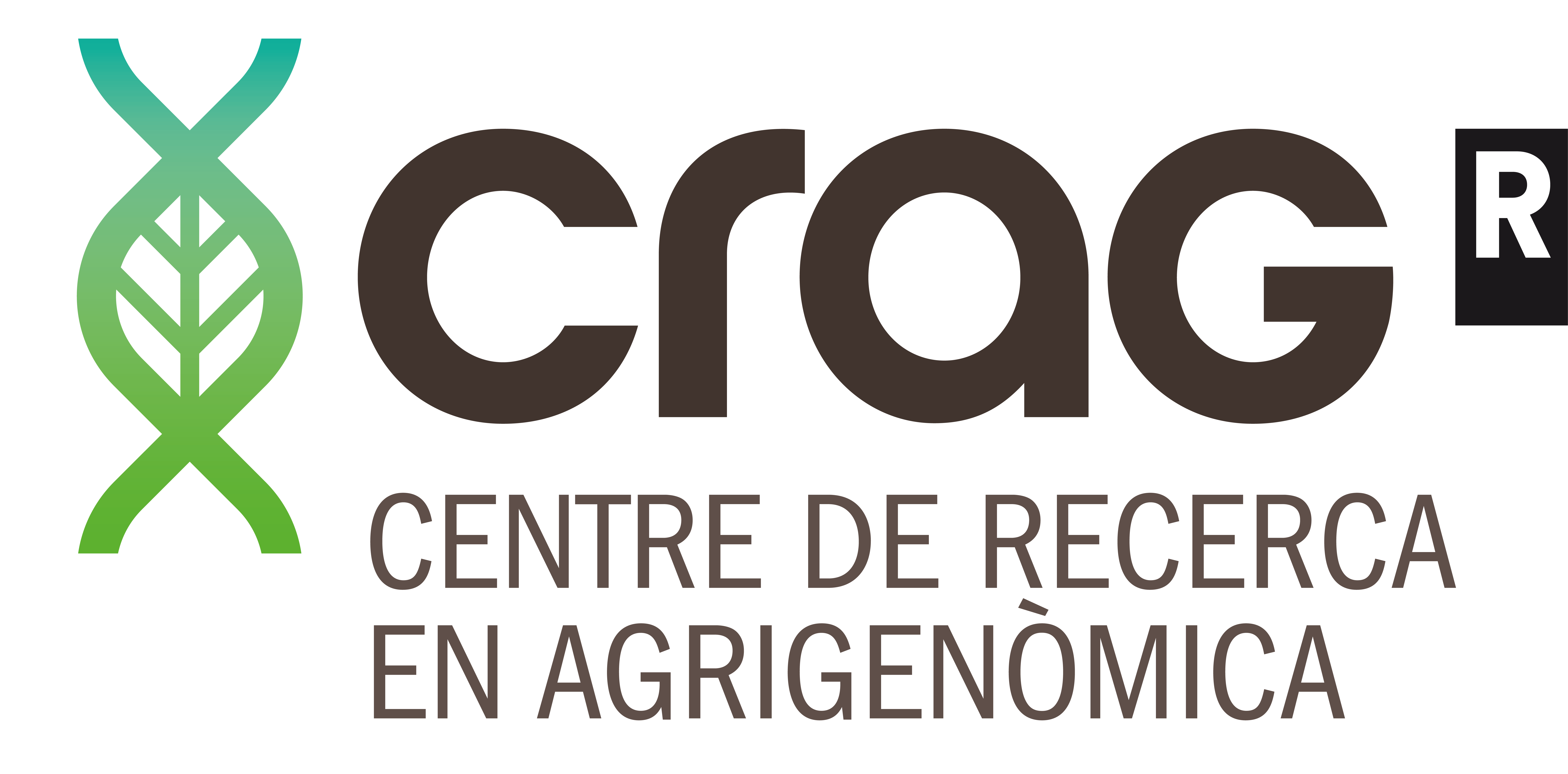Gene editing is a tool that has enormous potential to accelerate changes or adaptations in crops. These same changes, in many cases, could be achieved through traditional cross-breeding, but gene editing means that they occur much more quickly and efficiently, without wasting material and economic resources (large areas of land, water, fertiliser, etc.). We are currently facing a series of global challenges that make food production a key issue, and gene editing is another tool, although not the only one, that can help us tackle these challenges.
One of the most important current challenges facing humanity is the exponential growth of the world’s population, making food production yields a crucial issue.
Genetic modification has made it possible to alter the genes that regulate flowering and fruit development in crops like rice, wheat and maize. By growing plants with more flowers and more fruits, and which are therefore more productive, less land area is needed to grow the same amount of food.

Genetic editing has been used to generate crops with increased resistance to diseases, in crucial crops like rice. Rice is the primary food source for half of the global population and is the subject of the highest number of current studies using this technique.
In 2018, Filipino researchers from the International Rice Research Institute (IRRI) used CRISPR to create a strain of rice that is more resistant to pests. By editing a gene that produces a natural pesticide, the researchers were able to develop a rice variety that is more resistant to the brown planthopper, one of the major pests affecting this cereal.

To address the consequences of climate change, crops capable of tolerating drought have been developed by editing genes involved in water transport and usage. Plants with higher water use efficiency need less water to grow.
Researchers at the University of California have created a genetically edited variety of corn that yields the same output with up to 90% less water.

Gene editing can help improve the nutritional composition of plant foods. This improvement can be achieved either by boosting the levels of beneficial products such as vitamins or fatty acids, or by reducing the amount of components causing food intolerances.
Examples of this kind of gene edited food on the market :
- Soybeans with a high oleic acid content (United States and Canada, 2019)
- GABA-enriched tomato with health-beneficial applications (Japan, 2021)
- Less spicy mustard greens (United States, 2023)
- Omega-3-enriched camelina (United Kingdom, 2023)

Gene editing may help reduce the environmental impact of agriculture. Experimental edited crops have been created to fix nitrogen from the atmosphere, thus potentially reducing the need for environmentally harmful fertilizers.
In 2017, the genome of a rice variety was edited to enhance its nitrogen absorption capacity.

Gene editing can be used to avoid food waste by modifying various food characteristics. For example, shelf life can be extended by delaying the ripening of vegetables or by avoiding undesirable conditions for the consumer, such as food discolouration due to oxidation.
Examples of this type of gene edited food on the market:
- Non-browning potato once cut (Argentina, 2018)
- Longer-lasting banana (Philippines, 2023)

CRAG Consortium members:

CRAG is a member of:

Outreach project funded by:

